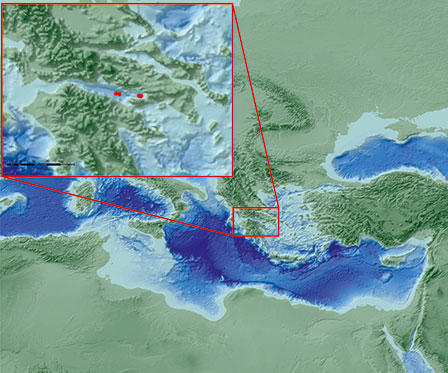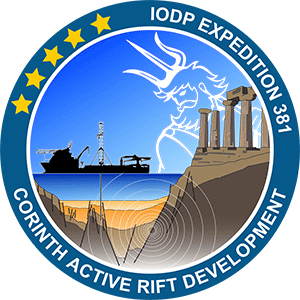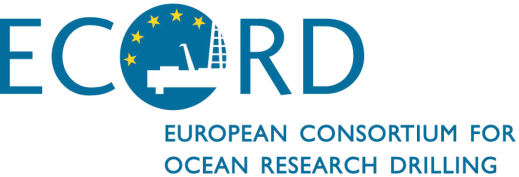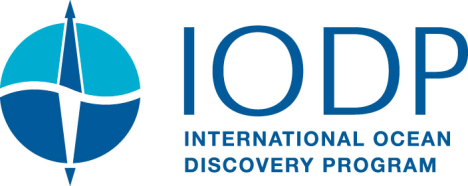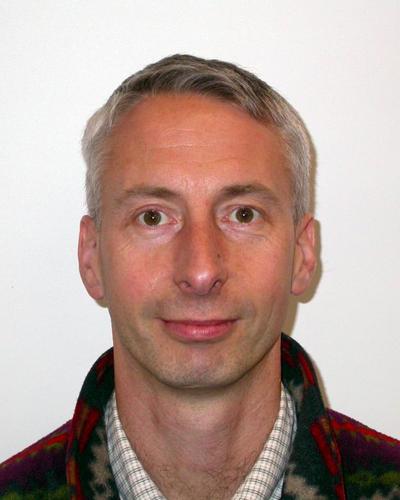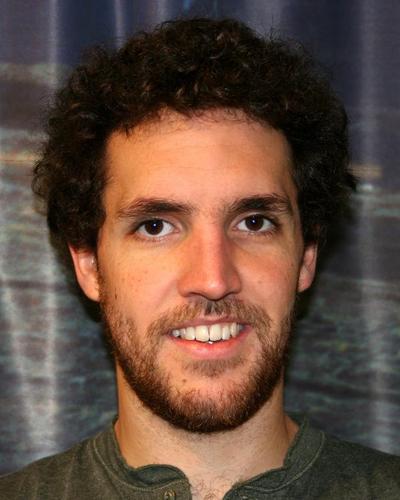The Corinth IODP drilling expedition is starting this week.
This week a team of scientists and drillers will begin the International Ocean Discovery Programme (IODP) expedition to drill the active offshore Corinth Rift in Greece. Researchers Dr Casey Nixon, Dr Sofia Pechlivanidou and Professor Rob Gawthorpe from UiB-GEO form a significant presence within the science party for this exciting expedition.
Main content
This week a team of scientists and drillers will begin the International Ocean Discovery Programme (IODP) expedition to drill the active offshore Corinth Rift in Greece. Researchers Dr Casey Nixon, Dr Sofia Pechlivanidou and Professor Rob Gawthorpe from UiB-GEO form a significant presence within the science party for this exciting expedition. They will be interacting with 29 other international participants from various universities and research institutes across the globe. Both Dr Nixon and Professor Gawthorpe were involved in the original proposal to IODP – it was Dr Nixon’s role to conduct the site survey and design the chosen drill sites for the expedition before his move to UiB on an awarded VISTA Scholarship. The expedition has been meticulously planned by staff from the European Consortium for Ocean Research Drilling Science Operator with offshore operations beginning on 20th October 2017 and ending on 15th December 2017 at the latest.The Corinth Active Rift Development Expedition aims to address key scientific questions related to the continental rifting. The Corinth Rift has been forming over the last 5 million years and is a rare example of continental rifting in its initial stages of development. The main active rift today (1.5-2.5 million years old) has a closed drainage system, high sedimentation rates and high extension rates. This makes it an ideal natural laboratory to examine early rift development and how the landscape responds to tectonic and climate forcing factors. Furthermore, with high rates of extension and sedimentation, it may be possible to gain an insight into the rifting process with unprecedented resolution in both space (1-10’s kms) and time (20-50 thousands of years). The key scientific questions revolve around the following themes:• Structural Evolution - how does the rift actually evolve and grow and over what timescale and at what rate? How does the activity on faults change with time?• Surface Processes – how does the development of the rift and movement on the faults modify the movement of sediments into the rift? How does the landscape respond to the rift tectonic changes and regional and global climatic changes?• Natural Hazards – as one of the most seismically active areas in Europe, what are the implications for earthquake activity in this and other developing rift?• Paleoclimate reconstruction – what was the climate in the Eastern Mediterranean like in the past? Can we reconstruct high-resolution records for past environments and climates from the sediments deposited within the rift?
For more information regarding the Corinth Rift and the Expedition please follow the links below. These include a Blog which will update and inform on the progress of the Expedition (including offshore operations). There is also a link to a recent open access publication by Nixon et al. (2016), which resulted from the site survey and nicely summarises the evolution and development of the Corinth Rift.
Read more from the Corinth Communication Plan from this flyer: Pre-Exp381-Corint Flyer


